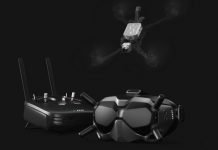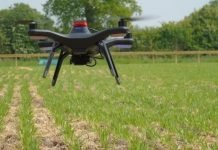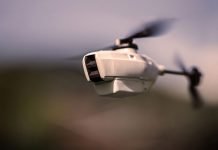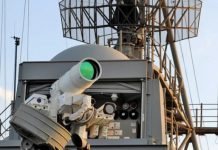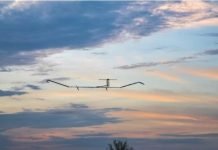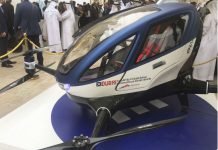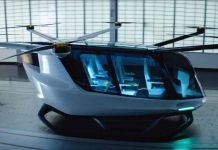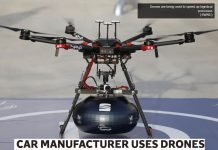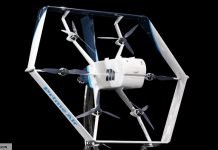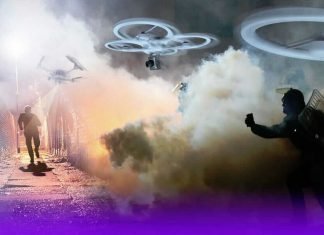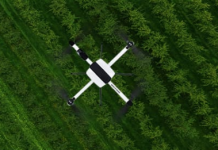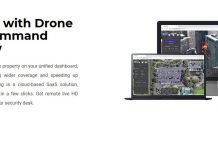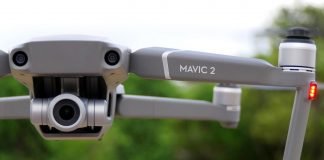We’ve tested dozens of drones, evaluating them based on design, ease of use, camera quality, durability and flight time. Here are the best.
The build began with a single-cylinder, four stroke engine. However, torque spikes and vibration made things difficult. After some iteration, the design settled on employing two single-cylinder two stroke engines, fitted with a timing belt to keep them 180 degrees out of phase. In combination with a pair of balanced flywheels, this keeps vibration to a minimum. Brushless motors are used as generators, combined with rectifier diodes and capacitors to smooth the voltage output. The generator is intended to be used in parallel with a lithium battery pack in order to ensure the drone always has power available, even in the event of a temporary malfunction.

Latest News & Updates (July 2019)
- Parrot is discontinuing production of the Parrot Mambo and Parrot Swing, but will continue to support the Freeflight app used to control them. If you’re in the market for a drone for kids to learn to code, the DJI Tello is a good alternative.
- Moment, best known for its iPhone lenses, is coming out with lenses and filters for DJI’s Mavic 2 drones. A 2.40:1 anamorphic lens ($299; $199 on Kickstarter) has two glass elements and an anti-reflection coating, and includes a counterweight to keep everything balanced. Also, Moment is releasing Neutral Density and Circular Polarizing filters ($119; $99 on Kickstarter) for both the Mavic 2 Pro and Zoom. The lens and filters will ship in November.
- If you’re not a fan of traditional controllers, Fluidity Tech has developed a flight stick that looks like something you’d find in a cockpit. The FT Aviator drone controller, which works with DJI’s Phantom 3 and Phantom 4, Mavic, and Inspire drones is now available for $299 on Fludity’s site.
Best Overall Drone

SPECIFICATIONS
Flight Time: 20 minutes | Camera: 4K/30 fps | Smartphone Controlled: Yes | FAA Registration: Required | Indoor Use: No | Rotors: 4 (2 blades per rotor, replaceable) | Size: 7.2 x 6.6 x 2.5 inches | Weight: 15.2 ounces
Reasons to Buy
Very easy to fly
Great photos and video
Innovative gesture controls, autonomous flight modes
Object avoidance
Reasons to Avoid
Hard to switch between camera modes in app
The DJI Mavic Air is one of the most compact drones around, yet takes excellent 4K video and fantastic photos. It’s a cinch to fly, can avoid objects, and can be controlled using nothing more than hand gestures. We especially liked some of its novel features, such as the ability to take 360-degree photos. Battery life is a little short at 20 minutes, but the Air’s battery can be swapped out in a cinch, and the whole package—including the controller—packs away into a neat little bag.

SPECIFICATIONS
Flight Time: 31 minutes | Camera: 4K/30 fps | Smartphone Controlled: Yes | FAA Registration: Required | Indoor Use: No | Rotors: 4 (2 blades per rotor, replaceable) | Size: 12.7 x 9.5 x 3.3 inches | Weight: Pro: 32 ounces; Zoom: 31.9 ounces
If your aerial photography needs are a little more complex, another DJI drone can get the job done for you. The DJi Mavic 2 is available in two versions: the $1,449 Mavic 2 Pro offers a 1-inch Hasselblad sensor for capturing high-quality photos and video, while the $1,249 Mavic 2 Zoom features a 2X optical zoom lens. Either version is a good choice, though the Zoom proved a little more versatile in our tests. Whichever Mavic 2 you opt for, you can count on an easy-to-fly drone that now features 360-degree obstacle avoidance.
Reasons to Buy
Easy to flyLong battery lifeExcellent cameras360-degree obstacle avoidance
ExpensiveRotor flicker in sunlight
Reasons to Avoid
Read More Here…https://www.tomsguide.com/us/best-drones
Credits: tomsguide


